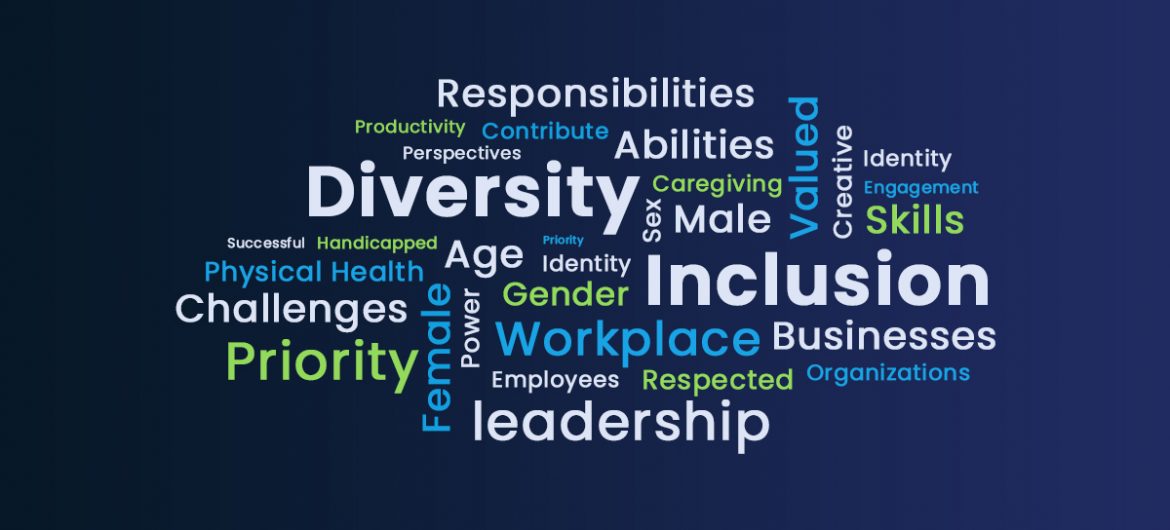Today’s business environment is all about speed, innovation, and agility. To succeed in such a fast-paced scenario, organizations need to have the right talent, culture, and practices in place. But more than that, they also need to be an embodiment of diversity and create an inclusive space for its employees.
Read on to learn more about diversity and inclusion in the workplace.
When it comes to creating a workplace that is diverse and inclusive, there are many factors to consider. From ensuring that your hiring practices are fair to promoting a culture of inclusion, there is much to do to create a workplace that is welcoming for everyone. In this article, we’ll explore some of the key steps that promote diversity and inclusion in your workplace.
Workplace Diversity
Workplace diversity is about understanding, appreciating and valuing the differences amongst people. It is about creating an inclusive environment in which everyone feels respected and valued.
Diversity and inclusion are key to unlocking innovation and creativity. When people with different backgrounds and perspectives come together, they bring new ideas and perspectives. This helps organizations to be more agile, adaptable and responsive to change. Some of the most creative solutions in history have emerged from the most unexpected (diverse) corners of employee fraternity.
Benefits for businesses
Creating a diverse and inclusive workplace is also good for business. It helps organizations to attract and retain the best talent, understand and respond to the needs of their customers, and tap into new markets.
However, workplace diversity is not just about meeting quotas or ticking boxes. It is about changing organizational culture so that everyone feels welcome, valued and respected. It is about creating an environment where everyone can thrive.
Inclusion Is a Priority
Making inclusion a priority can help organizations attract and retain the best talent, and boosts engagement and productivity.

A diverse workforce brings different perspectives, skills, and abilities to the table. And when all employees feel included and valued, they’re more engaged and productive.
Creating an inclusive environment starts with leadership. Leaders need to role model inclusive behaviors and make it clear that everyone is valued. They also need to create opportunities for all employees to contribute their ideas and perspectives.
Organizations also need to take a close look at their policies and practices. Are there any barriers to inclusion? For example,
Are there flexible work arrangements in place so that employees with caregiving responsibilities can continue to contribute? Or
Are there opportunities for employees from all backgrounds to advance?
When everyone feels that they have a place on the table, everyone wins.
The Challenges of Diversity and Inclusion
At its heart, the challenge of diversity and inclusion is about building relationships.
The challenges of diversity and inclusion can be manifold. A lack of understanding or awareness of employees’ different backgrounds can lead to a feeling of isolation/ misunderstanding. This can in turn lead to lower morale and productivity. Additionally, a company that does not value diversity and inclusion can find it difficult to attract and retain the best talent. Creating an environment where everyone feels comfortable and respected is key to unlocking the potential of a diverse workforce.
To conclude, diversity and inclusion are critical components of a successful workplace. Ultimately, embracing diversity and inclusion can help businesses thrive. So, if your company isn’t doing enough in this area, now is the time to make some changes. Your business will be better for it.





